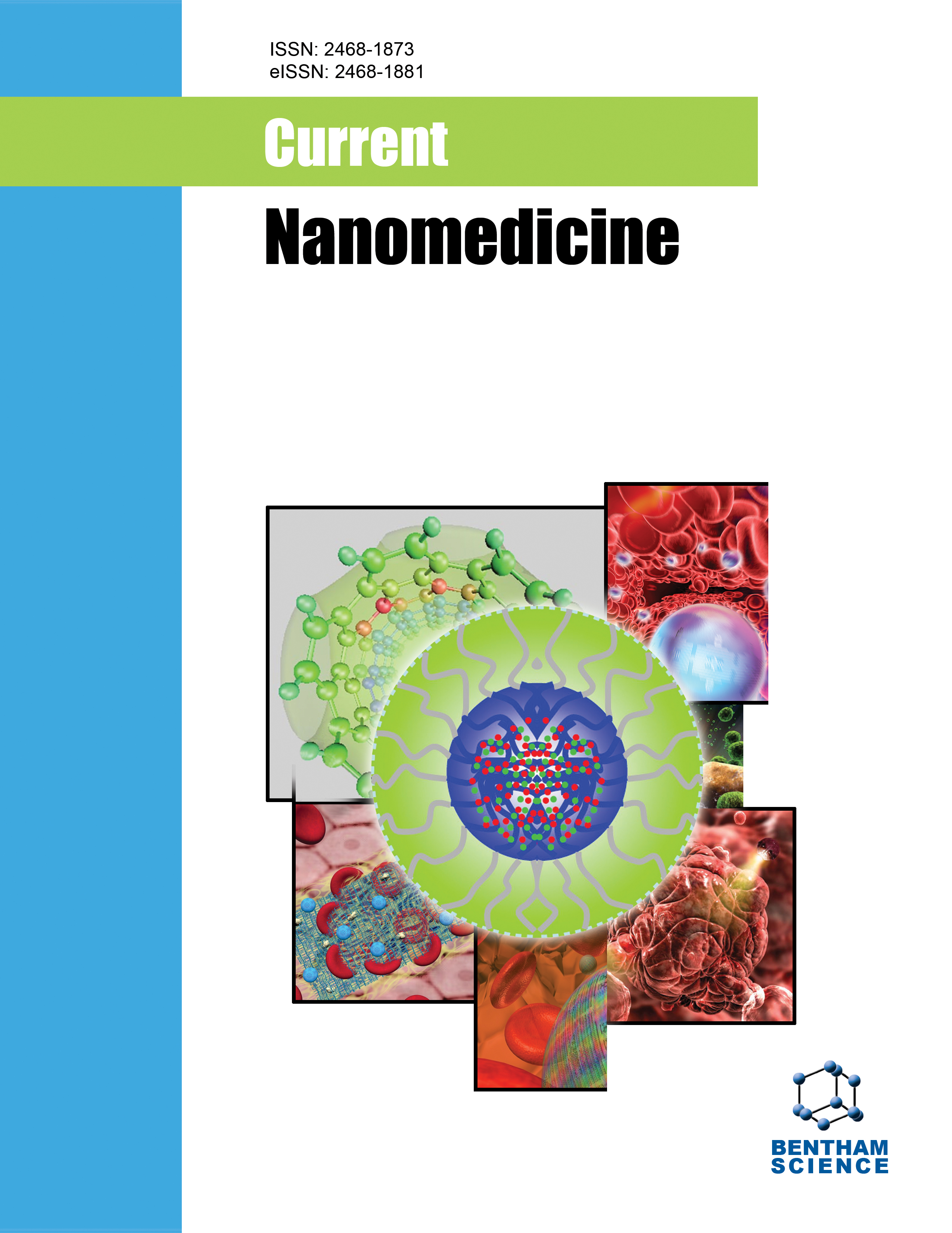
Full text loading...

Ocular diseases such as glaucoma, age-related macular degeneration (AMD), and diabetic retinopathy are leading causes of vision impairment and blindness globally. Despite advancements in treatment, these conditions remain challenging due to the eye's unique anatomical and physiological barriers. The corneal barrier, tear dynamics, and rapid ocular clearance mechanisms, such as lacrimation and blinking, greatly limit the bioavailability (BA) of therapeutics delivered through conventional methods like eye drops or systemic administration. Additionally, the blood-retinal and blood-aqueous barriers further restrict drug penetration into deeper ocular tissues, making achieving effective therapeutic concentrations at the target site difficult.
This review provides a detailed and comprehensive examination of the innovative nano-carrier-mediated ocular drug delivery systems (NCDDS). It focuses on how these systems, through their advanced mathematical models and drug release mechanisms, overcome the inherent barriers of the eye. This innovation enhances therapeutic outcomes and provides intriguing solutions to unmet needs in ocular disease management.
A systematic literature review was conducted across major databases, focusing on quantitative studies to analyze nano-carrier-based drug delivery for ocular applications. The review considered mathematical models describing drug release kinetics, diffusion mechanisms, and bioavailability enhancement. These models play a crucial role in predicting the in vivo performance of NCDDS, allowing researchers to anticipate how these systems will behave in the complex environment of the eye. Special attention was given to studies utilizing advanced pharmacokinetic (PK) modeling to predict in vivo performance of NCDDS.
Nanocarriers (NCs), including polymeric nanoparticles (PNPs), liposomes, dendrimers, and micelles, have demonstrated significant potential in ocular drug delivery. These systems provide sustained release profiles, prolonging drug retention and improving solubility. Mathematical models predict that NCs can significantly increase BA by up to 80% compared to conventional drug delivery methods. It reassures us about the effectiveness of these systems, primarily due to their ability to bypass ocular clearance mechanisms and target specific tissues.
Nano carrier-mediated ocular drug delivery systems present a groundbreaking approach to addressing the limitations of conventional ocular therapies. By offering precise control over drug release rates and enhancing bioavailability, NCs effectively treat ocular diseases. The potential of ongoing research to refine these mathematical models and integrate real-time PK data is promising, offering hope for the future of ocular drug delivery systems. The continued development of these advanced delivery systems holds the potential to transform the treatment of ocular diseases and improve patient outcomes globally.

Article metrics loading...

Full text loading...
References


Data & Media loading...